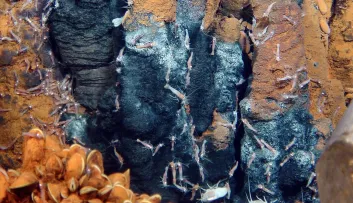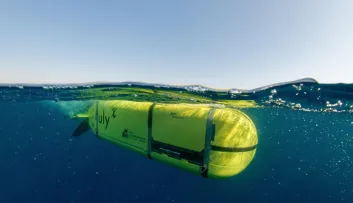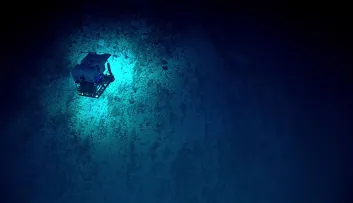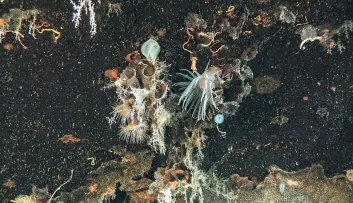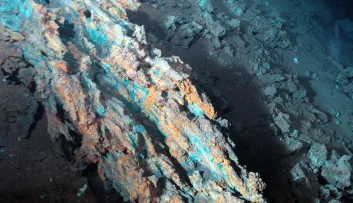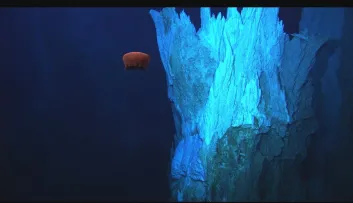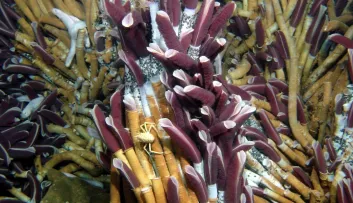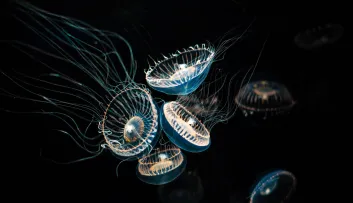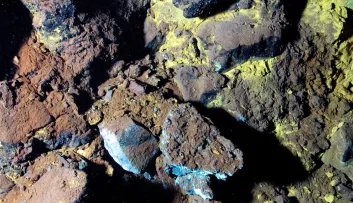Abyss 4mn
Deep-sea mining: what impact will it have on the environment?
The treasures of the abyss are attracting a great deal of interest, but at what cost to the ecosystems?
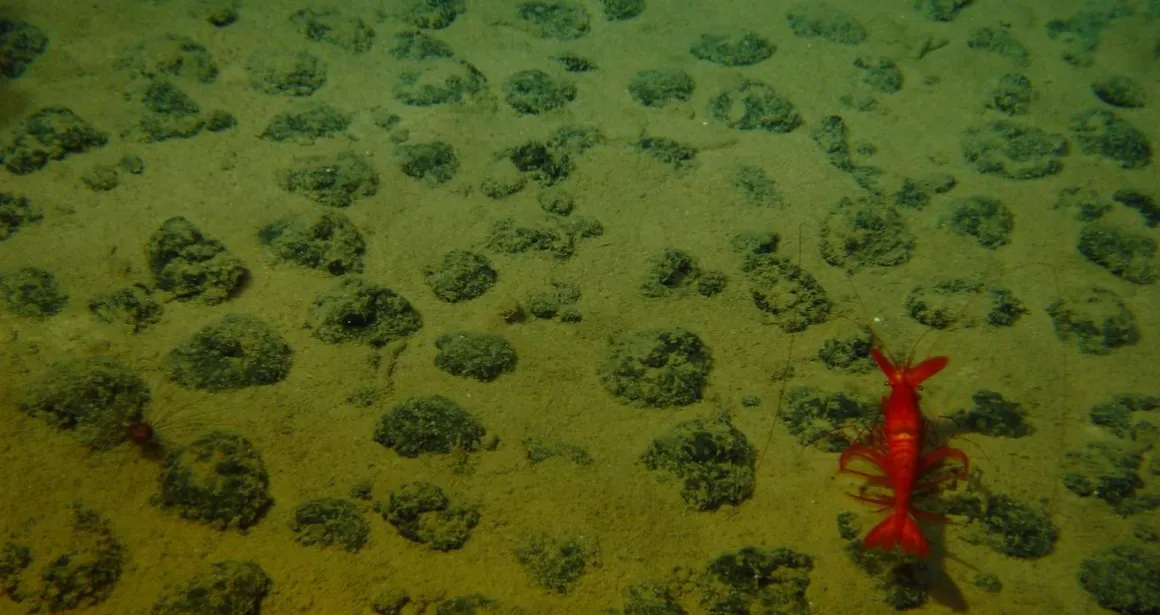
The deep seabed is a hot topic right now, as the mineral wealth of its soil and subsoil is attracting a great deal of interest. In effect, industries such as those linked to the energy transition are looking for new sources of minerals.
What is deep-sea mining?
The technique used to obtain these resources is deep-sea mining, which involves digging several thousand metres below the surface of the ocean for minerals such as copper, nickel, cobalt and manganese, some of which are used in the production of batteries, wind turbines and photovoltaic panels.
However, science is sounding the alarm about the risks of such activity, which could affect biodiversity and compromise the essential role played by the ocean in regulating the climate.
This “Area”, has been declared a World Heritage Site by the United Nations and is managed by the International Seabed Authority (ISA). Discussions are currently underway between States to establish a mining code that would allow the deep seabed to be commercially exploited.
For this reason, in March 2024, a group of 25 countries voted in favour of a precautionary pause or moratorium, while other countries, such as China, are in favour of rapidly granting mining licences.
France has taken the lead internationally in calling for a ban on mining and hopes to rally as many nations as possible in support of this decision.
Let’s take a look at the impact of deep-sea mining on the unique and little-known ecosystems of the abyss.
What impact would mining have on the abyss?
Extraction plume and particle emissions
The robots that collect minerals from the seabed or the machines used to extract rocks disperse sediments and particles, sometimes over great distances. This could have a major impact on deep-sea biodiversity.
Noise and light pollution
By penetrating into areas usually devoid of human activity, mining vessels create noise pollution, with very low-frequency sounds that disrupt communication between marine mammals.
The increase in maritime traffic in these areas would increase ambient noise, and this would be exacerbated by light pollution from ships in areas of the ocean where light does not penetrate, thereby disrupting the life of marine animals in the abyss.
Loss of biodiversity
Deep-sea animals grow more slowly and reach sexual maturity later, and even if they live longer, the disturbance caused by the presence of these extraction machines would have consequences when it comes to their breeding.
- In 2020, a trial extraction operation carried out in Japan on a cobalt-rich seamount located 900 metres below the water’s surface in the north-western Pacific Ocean showed that one year after the operation, half the fish and crustaceans living in the area and adjacent areas had not returned.
- A 2019 study published in the journal Nature revealed that a simulated mining operation in a sedimentary basin off the coast of Peru in 1989 still had tangible impacts on the fauna in the area more than 30 years after the experiment.
- In 2016, Ifremer researchers took part in an international study that showed that nodule areas contain more biodiversity than the surrounding areas of the abyss. Therefore, this information should be taken into account before any mining operation is considered.
- To gain a better understanding of the consequences of mining, further tests are being conducted by Ifremer to determine the distance over which sediments raised during nodule extraction will spread and the impact on the surrounding biodiversity.
Impact on the climate
The seabed absorbs 30% of the carbon emitted into the atmosphere. The ocean, which acts as a carbon sink, could also be impacted by deep-sea mining. In fact, mining activities could release the CO2 that has been sequestered in the sediments and limit the carbon storage capacity.
Photo : Ifremer
We must join forces to protect the deep seabed!
Nausicaá endorses France’s position against deep-sea mining and will use every means at its disposal to raise awareness and mobilise as many people as possible in support of a moratorium.
